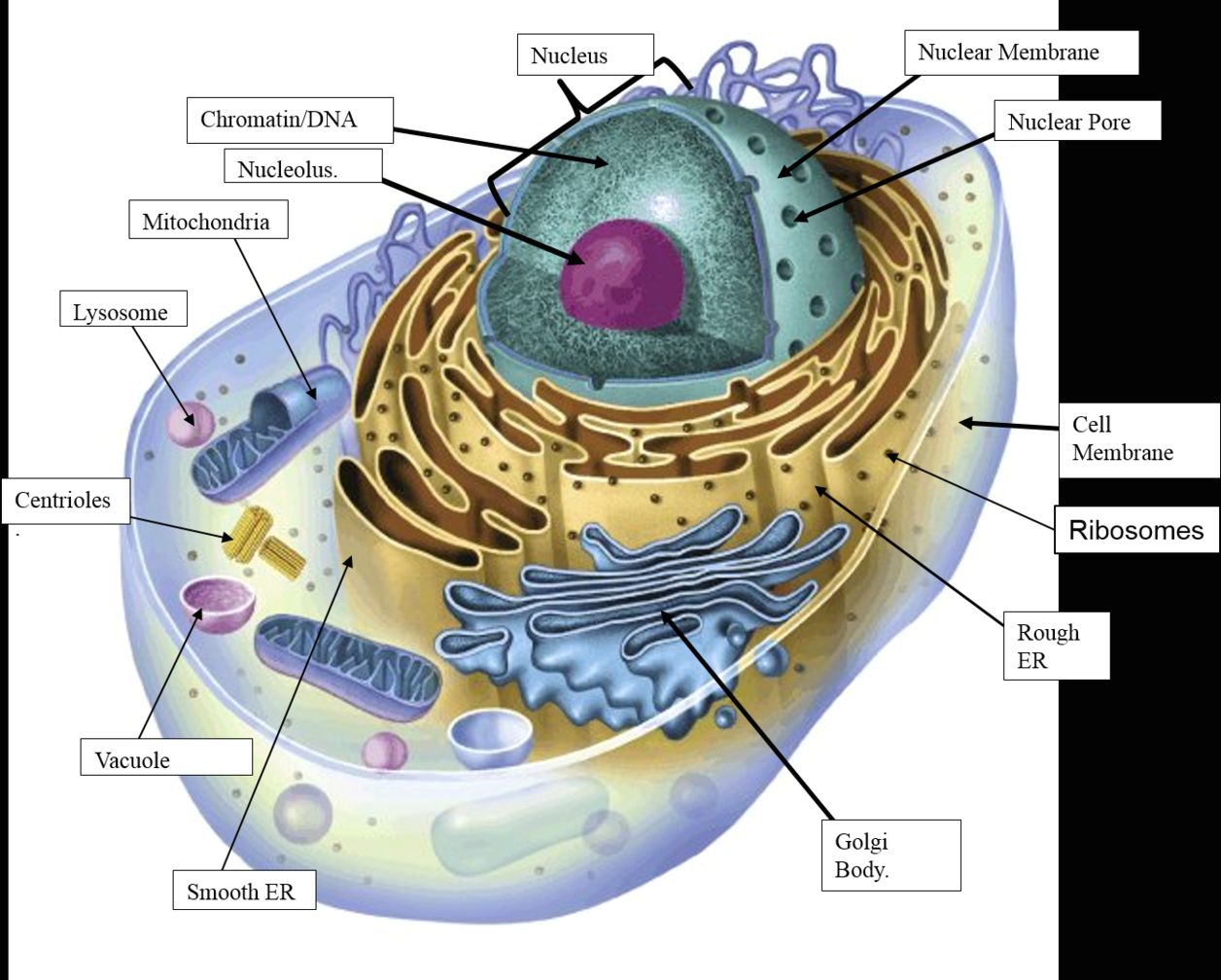
See the below image for the Plant and animal cell diagram. Animal cells do not have a cell wall. When looking under a microscope, the cell wall is an easy way to distinguish plant cells. Plants are autotrophs; they produce energy from sunlight through the process of photosynthesis, for which they use cell organelles called chloroplasts. Animal cells do not have chloroplasts.
[In this figure] The cell anatomy of animal and plant cells. The animal cell and plant cell share many organelles in common, such as a nucleus, ER, cytosol, lysosomes, Golgi apparatus, cell membrane, and ribosomes. The organelles unique for plant cells are vacuole, cell wall, and chloroplast (shown in orange text).Animal cells have one or more small vacuoles, whereas plant cells have one large central vacuole that can take up to 90% of the cell volume. The function of vacuoles in plants is to store water and maintain the turgidity of the cell.
